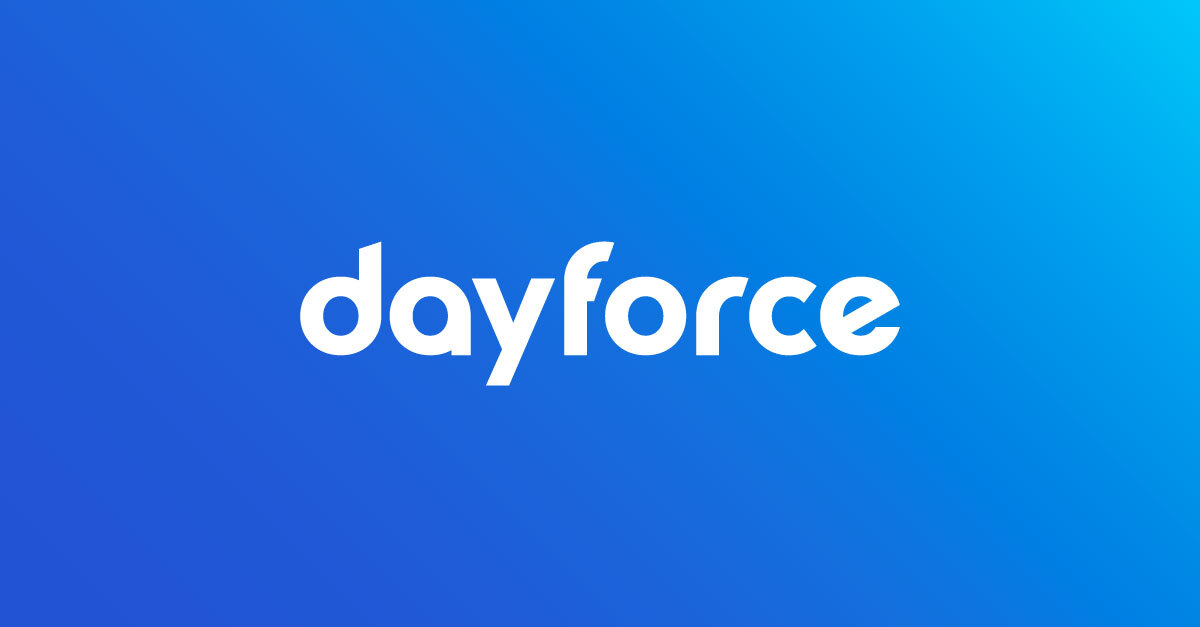Striking the balance: How to navigate HR and payroll compliance in Asia Pacific
Compliance complexities are a growing challenge for organisations across Asia Pacific. Here’s how you can build a resilient workplace and confidently adapt to change.

Table of Contents
As the home of 60% of the world’s population, there’s no question that the Asia Pacific region offers enormous growth opportunities for businesses. However, with this potential comes the challenge of navigating a diverse mix of labour laws, tax regulations, and cultural norms. It makes managing HR and payroll a high-stakes game for companies trying to maintain compliance, with the potential of big financial risk and reputational damage from even minor mistakes.
How can leaders navigate this regulatory maze? In this article, we explore practical insights and tools to help you keep pace with regulatory challenges, reduce costly mistakes, and build a culture of compliance.
What’s driving the complexity crisis?
Today’s workplace looks vastly different from a decade ago.
The workforce is now boundless, defined by fluid employment arrangements, constant connectivity, and borderless work. Full-time and part-time employees work alongside freelancers, contractors, and gig workers, creating new compliance categories. For example, as of 1 January 2025, Singapore’s Platform Workers Act officially recognises platform workers (workers who contract with platform operators to provide ride-hailing or delivery services) as a unique group, distinct from employees and self-employed individuals.
Regulatory change is now constant, with organisations forced to quickly adapt policies, processes, and technology to keep pace across multiple jurisdictions. AI-enhanced systems reshape how work gets done, while employees are demanding a new social contract with employers that prioritises flexible work, fair pay, and well-being.
With the pace of change showing no signs of slowing, organisations have to adapt quickly to manage compliance and stay competitive.
Today’s HR and payroll compliance landscape in the Asia Pacific
Spanning over 50 countries, the diversity of the Asia Pacific business environment creates complex challenges for HR and payroll leaders. No two countries have identical tax rules, benefits, or labour laws. What works in one market might not work in another, often requiring different approaches across and sometimes within countries.
According to the latest Dayforce Payroll Complexity Survey, compliance challenges top the list for 45% of respondents, followed closely by managing multi-jurisdictional payroll complexities (33%), and inefficient processes (25%). It raises the risk of organisations misinterpreting or overlooking local customs and laws, leading to penalties.
For example, some jurisdictions can have relatively clear requirements, whereas others may have varying rules for overtime pay and complex calculations. Additionally, some countries have laws that often change by province or city, adding another layer of difficulty. There’s also the matter of industry-specific regulations and enterprise bargaining agreements, which can come with unique compliance requirements.
Adding to the complexity is a constant stream of regulatory changes to keep up with, such as new tax rates, changed social security rules, and emerging AI legislation. For instance, Malaysia recently raised the salary ceiling for Social Security Organisation (SOCSO) and Employment Insurance System (EIS) contributions, which now apply to local and foreign employees, alongside upcoming minimum wage adjustments set to roll out in stages throughout 2025.
Staying ahead of these regulatory changes requires a proactive approach supported by technology, which integrates with HR and payroll functions, streamlines compliance, and reduces the risk of errors.
Future-proofing by building a culture of compliance
When everyone in your organisation—from top leaders to frontline employees—sees managing compliance as more than just rules to follow, it can turn compliance challenges into strengths and change how work gets done. A strong compliance culture shifts the focus from reactive responses to proactive engagement, making teams prepared and adaptable to change. It’s about creating a workplace where compliance management becomes second nature, embedded in your values, processes, and daily work.
Here’s how you can build a compliance culture that works:
Make compliance about fairness
When employees see compliance as something that protects them—ensuring fair treatment, safety, and respect—they’re far more likely to support it. This requires an approach that sees compliance as more than ticking boxes; it is about creating a workplace everyone can trust.
Set the tone at the top
Leaders play a critical role in creating a compliance-first culture. When managers and executives prioritise it through their actions, open communication, and recognition of compliance champions, it sets the standard for the entire organisation.
Make it matter
Compliance works best when everyone understands its purpose and how it connects to daily work. Tailoring training programs to real-world scenarios helps shift compliance support from being perceived as a burden to a shared responsibility.
Keep communication open
Encouraging questions, setting up confidential reporting channels, and holding open discussions about supporting compliance help build trust and let employees know their voices matter.
Embrace smart technology
Unified HR and payroll tools can reduce compliance issues. By streamlining processes and providing accurate and secure data handling, you can help reduce errors and simplify complex requirements.
Stay accountable and transparent
Using data-driven dashboards and alerts, leaders can monitor compliance in real-time, identify potential risks, and maintain transparency throughout the process.
Look ahead
Regulations will continue to change. The key is to anticipate shifts, collaborate with industry experts, and plan ahead. By staying proactive, you can better mitigate risks and align work practices with regulatory expectations.
Discover how APAC organisations can achieve broader business outcomes through HR and payroll compliance.
You may also like:
Ready to get started?

